
Frameworks for Development: Creating investable cities through LIFE and authenticity
The first phase of the five billion-US dollar New Clark City was probably the most prominent and most controversial project under the government’s Build, Build, Build program. The Bases Conversion and Development Authority’s new metropolis’ master conceptual development plan was done by AECOM, while BUDJI+ROYAL Architecture+Design designed its National Government Administrative Center buildings, sports facilities, and residences. The Asian Development Bank (ADB) is in charge of Private-Public Partnerships. Designed to be disaster-resilient and adaptable to specific situations, the New Clark City hosted the 2019 Southeast Asian Games aquatic and athletic competitions and the closing ceremony. When the novel coronavirus pandemic hit the Philippines, some of the existing facilities served as COVID-19 centers.
To illustrate how the Philippines can build better and more projects like the New Clark City, the second LIXIL Design DeepDive™ Live Sessions – Philippines invited AECOM’s Sylvester Wong, ADB Office of Private-Public Partnerships’ Sanjay Grover, and BUDJI+ROYAL’s Royal Pineda to talk about ‘Co-Creating with Government: Opportunities for Positive Change.’ The three speakers presented frameworks that reflect how they were able to succeed in their PPP projects and shared a few ideas and suggestions on how to move towards a better normal.
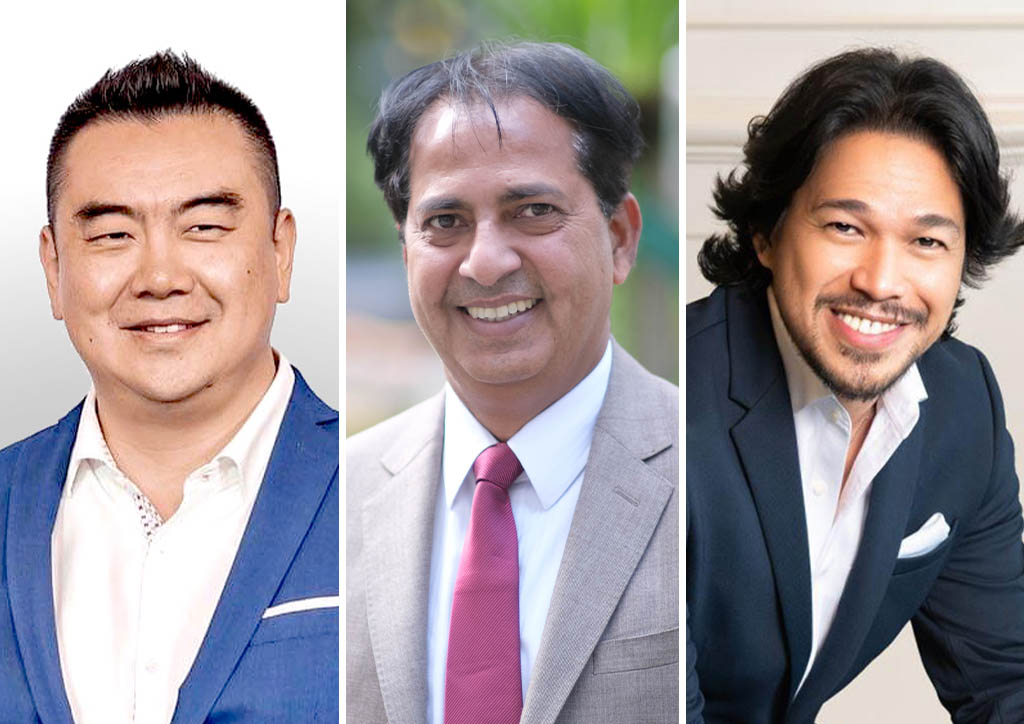
READ MORE: Co-Creating with Government: Opportunities for Positive Change
Ignite LIFE
In his presentation, ‘Bold, Bold, Bold: Igniting Resilient Cities with Life,’ AECOM Head of Cities for the Asia Pacific, Sylvester Wong, underscored the invaluable role of people in urban planning and nation-building. He boldly said: “People are the factories of the future.”
Without a doubt, people are the legacy and nation builders, innovators, and one of the main drivers of change. People are the caretakers and co-creators of the communities and the cities we build. But with the onslaught of the COVID-19 pandemic, people cannot merely build, build, build the country and establish a new normal blindly. People ought to come together, be bold, bold, bold, and build a better normal.

“We are definitely in a world of hurt,” Wong said. Although the pandemic created a “dip” in the economy, which impacted many people, he remained optimistic. “Because of this dip, this is our chance to do something strong. Now is the time to do things differently than before.” While every person can create opportunities for positive change, the government still plays a vital role. So do the city or urban planners.
“Judith (Torres) wanted me to give the secret sauce of how I work with the government so well. I would say it’s like OEM (Outcomes Economics MSMEs),” said Wong. “Urban planning is a lot like OEM (Outcomes Economics MSMEs), except it should stand for three things: outcome-driven, the economics of life, and then finally the micro, small, and medium enterprises. Those are the secret sauce of cities,” Wong said. He further explained that when one does city planning, one learns to get out of the way, create a framework, and let the unpredictable happen. “That is like being an OEM. It is being just the designer that creates the framework and lets the government own it. Let the citizens own it. Let all those small businesses come in, take pride, and find that they will build their life with your city.”
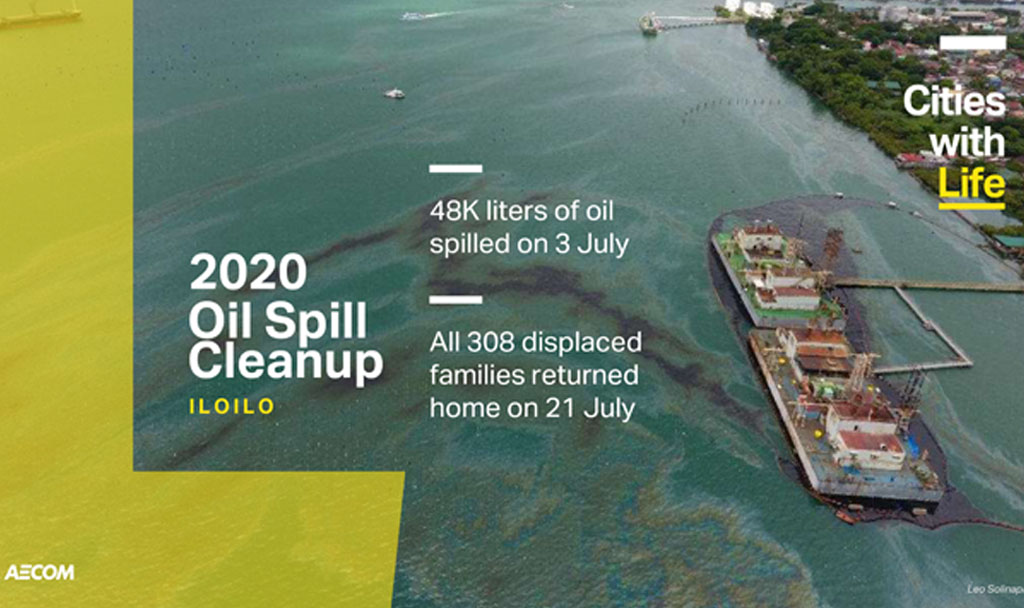
Life, according to Wong, means more than just people. He said life is about legacy building, innovation, future-readiness, and an enabled economy. “In AECOM, we’re rolling out a conversation framework called LIFE. We build cities with life,” said Wong.
The “L” in this framework talks about building a legacy. “It’s about integrating infrastructure and placemaking with people,” Wong said. “Legacy is not just what you leave behind as something physical, but what kind of generations you are able to create in the future.” Wong emphasized that it is every operation of the industries in the communities that affect the future we are creating and the legacy we are building, not just the big mega-projects.
YOU MIGHT LIKE: BCDA Pres tackles USD 5 billion New Clark City, white elephants
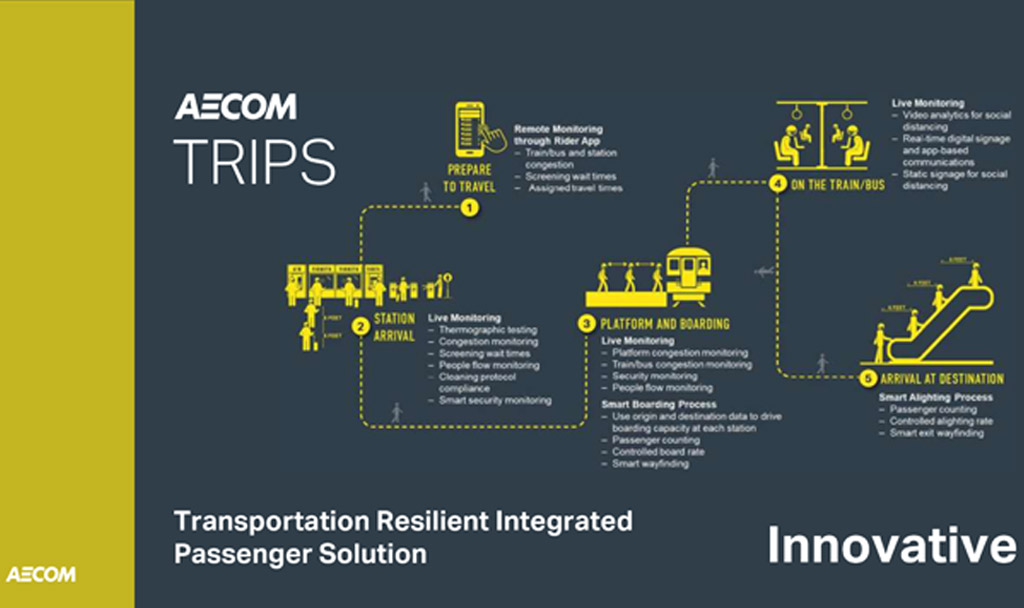
“I” is for innovation, which pushes for advancement based on research and empirical evidence. Wong shared AECOM’s initiative, ‘COVID-19 in Wasterwater for Real-time Decisions,’ where they studied wastewater data from the water systems they’ve done around the world. “We are able to figure out patterns of the virus’ spread through that kind of data,” he said. “And these data need innovative folks, who are thinking through the challenges of urbanization, to give us tools even here in the Philippines to leapfrog the challenges ahead of us.”
The “F” in the LIFE framework is about future-readiness and future-proofing. Wong said, “We’re working a lot on making sure cities are more resilient and future-proof, but it’s more than infrastructure.” Wong underlines the importance of investing in innovation and talent and start-ups and ideas. “It was about harnessing places where people can discover ideas together, and townships are the factories of those ideas.”

Lastly, “E” is enabled. “Our work is not the end; it’s the means to an end. It’s to enable creativity and economic opportunity and equity-building,” Wong explained. He added that if we could bridge the gap between the lack or absence of infrastructure to help solve jobs, housing, and mass transportation, especially in the capital region, “then we’ll start to build an enabled economic recovery in so many ways.”
READ MORE: Industry experts advise clients on their next move towards a pandemic-ready world
Wong believes that “a rising tide floats all boats,” and by taking advantage of this rising tide, he urges us to look at: “What are we trying to achieve with our designs?” He answered: “Nature, health, mobility, jobs, and most importantly, equity for our communities.”
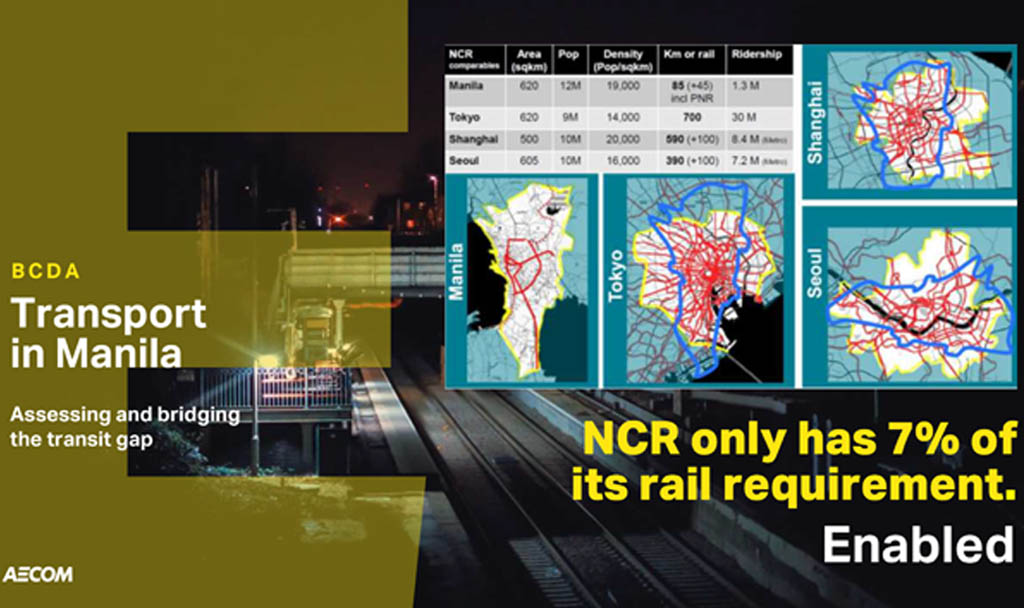
While this framework elicited positive responses from the audience, one cannot help but think twice as these facets of life are significantly shaped by the government and its policies. Co-creating with the government has its pros and cons. Nonetheless, Wong stressed, “When we’re co-creating with the government, it’s important to give them a purpose and outcome.”
Towards the end of his presentation, Wong said, “It (LIFE framework) comes down to the most essential, valuable infrastructure of our cities and of our nation, which is each other—our people.” It is through investing in and servicing the people that we may ignite resilient cities with life.
YOU MIGHT LIKE: For Christine Bruckner, ‘Build a Better Normal’ means prioritizing the wellbeing of people and the planet
Partner cities
Besides being resilient and brimming with life, how do you make cities “investable?” Asian Development Bank (ADB) Private-Public Partnerships specialist Sanjay Grover gave a primer on ‘Creating Investable Cities.’
Grover said that “cities are the engines of the economy.” He reported: “Cities generate almost 80% of the region’s GDP. They use almost 60%-80% of the region’s energy, and they’re responsible for 75% of carbon emissions.” According to Grover, cities are the biggest contributors to climate change, and ADB has been creating programs that help cities mitigate, adapt to, and become resilient to climate change. However, since the novel coronavirus pandemic took over the world, Grover acknowledged that cities had not been equipped for a pandemic like the current.
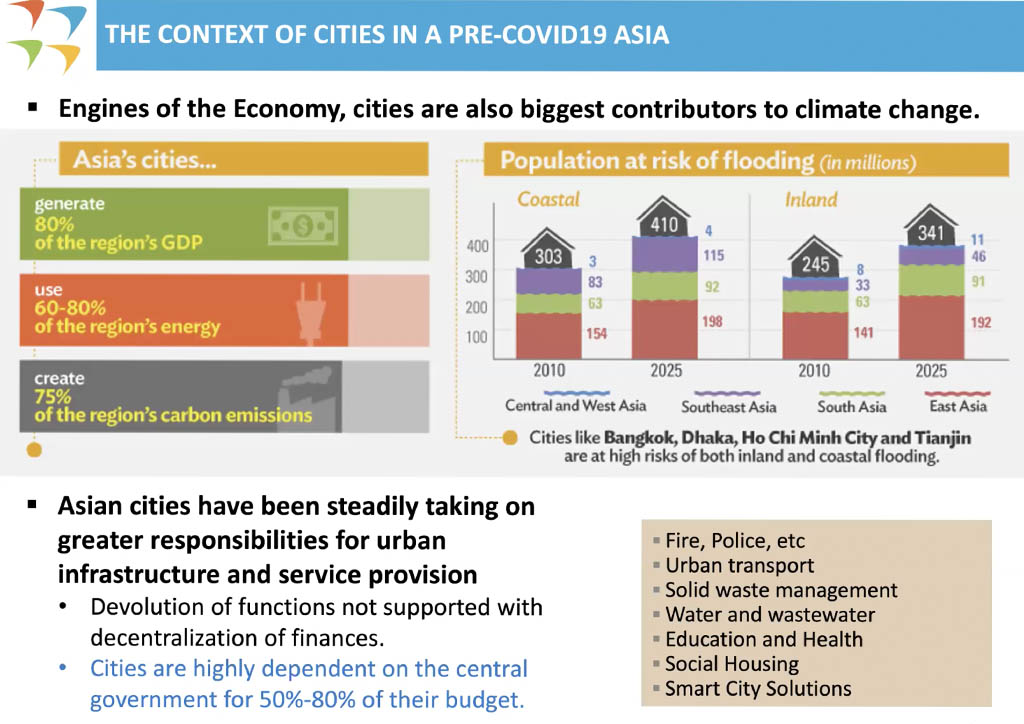
The reality, according to Grover, is that “COVID-19 has brought cities around the world to a standstill.” He followed this by saying that the pandemic exposed city planning vulnerabilities, stating that city planning has not been integrated with health planning. He added that in Asian cities, COVID-19 had exposed weaknesses beyond climate change. “As cities, we have significant underinvestment in social infrastructure: health, education, housing,” he stated as he discussed that COVID-19 is impacting every element of our infrastructure.
Transportation, for instance, changed over the past months to adhere to social distance guidelines. “Now the issue is: The buses we have are not enough because of social distance requirements. A bus that can carry 48 passengers previously can only carry 11 now,” he cited. The same goes for education, where the pandemic reveals the need for bigger classrooms and flexibility in terms of learning, introducing the integration of distance or e-learning. However, Grover pointed out that “the new normal is impacting every element of our life. I will not go through all of these, but the bottom line is: All of this is going to cost us more money.”

Amidst a pandemic, hardest-hit nations like the Philippines struggle to cope with their economies facing a downward slope. That’s where ADB comes in with its ‘Creating Investable Cities’ program. “Creating livable cities is one of the many things that ADB is doing. And what exactly are we doing under this agenda program and how is this different from what we did previously,” said Grover.
“With creating investable cities, we are actually going to work our way backward to partner with a few cities,” Grover explained. Through this framework, ADB will assist cities in becoming competitive and more resilient in the new normal. Grover said that ADB would help certain cities think of what they’re allowed to do and how they can select projects that will help them develop. “So we’ll work with these cities in helping them develop their pipeline, helping them understand their financial resiliency, and match these two elements together.”
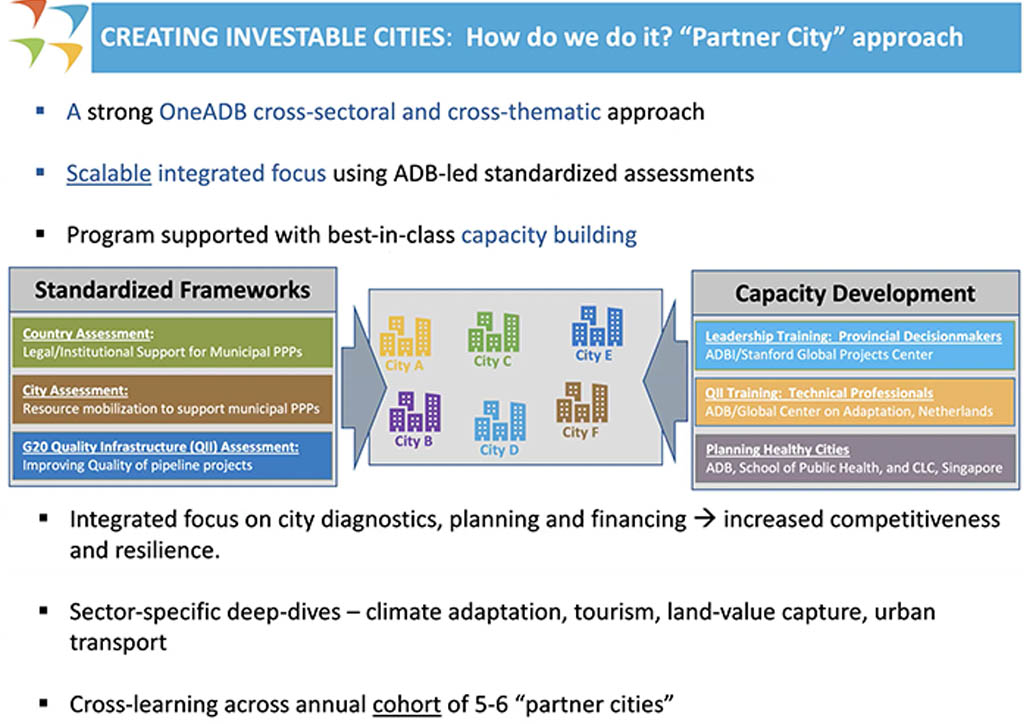
According to Grover, ADB recognizes that there is a considerable difference among the central government, people, and the cities, so they match standardized frameworks and implement cities to capacity development. He emphasized that it is crucial to bring in the best in class to work closely with these cities to improve their capacity.
The PPP specialist revealed that they have their criteria for this program and that they will be working with cities that make money or higher-end cities. He said that those are the cities that you have to support and take out of the federal pole so that the central government can help the cities that do not make as much money.
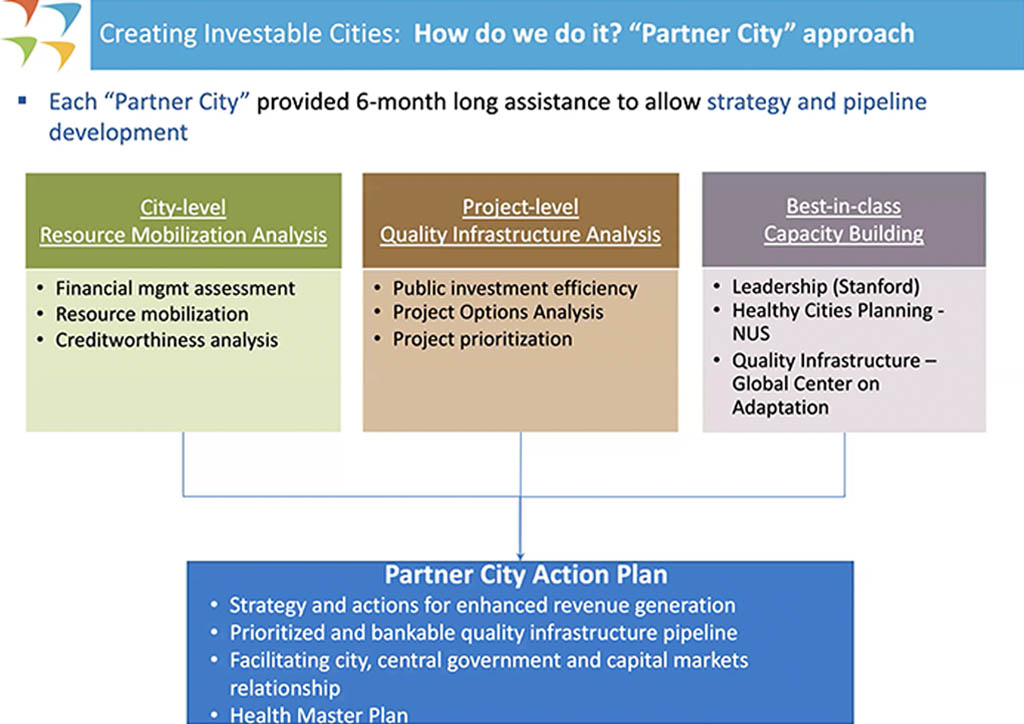
“Perhaps this is an opportunity to never waste this crisis. Let’s take advantage of this crisis and move forward,” Grover encouraged. He reiterated that the pandemic is an opportunity for positive change for all of us. “Now, let’s match it with helping cities become more resilient, both financially and with all social infrastructures so that we can all build a better normal for all of us.”
YOU MIGHT LIKE: The new normal is beyond this pandemic, two architects and a public policy consultant say
Pursue authenticity
“I have no expertise in dealing with the government,” opened Royal Pineda, president and CEO of BUDJI+ROYAL Architecture+Design in his presentation, ‘Authenticity: An Approach to Nation Building.’ Invited to share how the firm has managed to win so many Philippine government projects, Pineda credited authenticity as the design approach, which has served the firm and their public clients well. Authenticity is not only a design approach but a philosophy the firm follows in its design process and in all their dealings with clients, suppliers, and colleagues.
To be authentic, Pineda says, a Filipino architect must design Filipino. Their firm adheres to instilling a modern Filipino sensibility in their designs. He revealed that in BUDJI+ROYAL, they do not consider the word ‘modern’ as a period or style but rather as a mindset. “Being modern is being progressive. I believe that any government would want to be modern and advanced.”

Initially, Pineda thought their clients in government would want to look to other countries for inspiration and was delighted to find that the notion of authentic, modern Filipino design and architecture resonated with them. “These are Filipinos behind the government. I was very surprised when I shared with them the vision and when I shared with them the ideas. It’s just that the Filipino-ness comes out of them,” he shared.
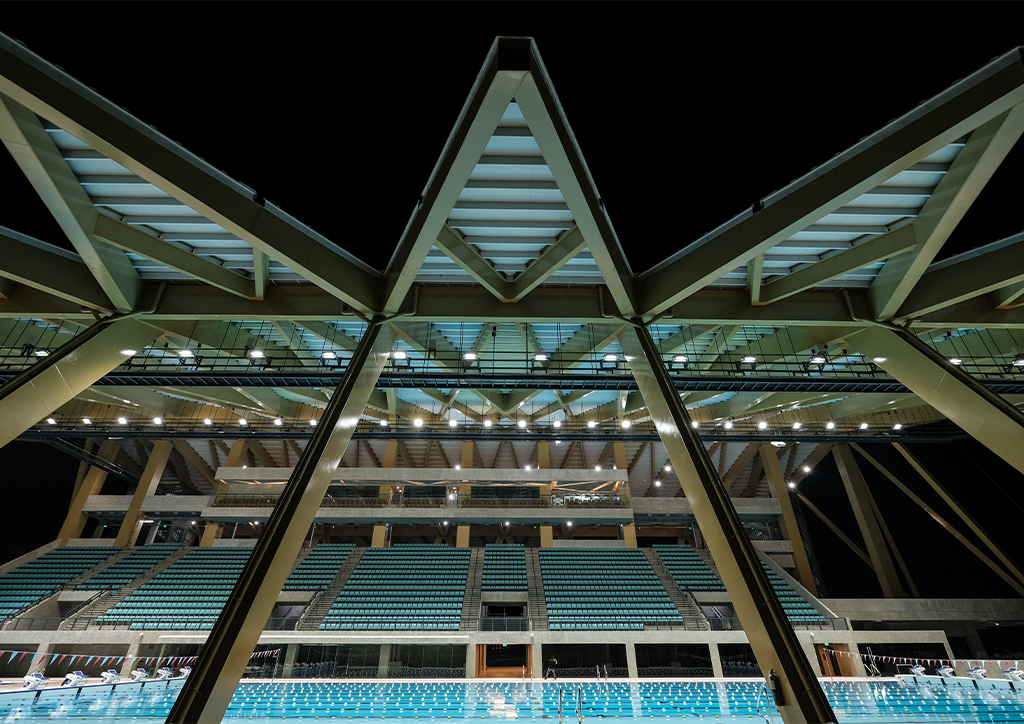
Visuals shown throughout the presentation were BUDJI+ROYAL’s PPP projects such as the Mactan-Cebu Airport, and New Clark City’s Athletic Stadium, and Aquatic Center. Pineda cited these as examples of how they practice authenticity in dealing with the government, baring that there are no secrets to successful partnerships with public sectors, only shared dreams. “That is not achieved by just presenting to them a design advocacy. We need to share with them our philosophy, our precepts, where we’re coming from, and we need to share with them our nature.”
READ MORE: Athletic Stadium 100% complete 50 days before the SEA Games
“Authenticity is rooted in all of us. Every architect, every designer is a brand. That’s why we have our names; we call ourselves a brand. What’s good here is that we are helping the country brand itself,” Pineda stated. He referred to collaborations as the “modern bayanihan,” adding that through this, “we can partner with the world, we can collaborate with the world.”
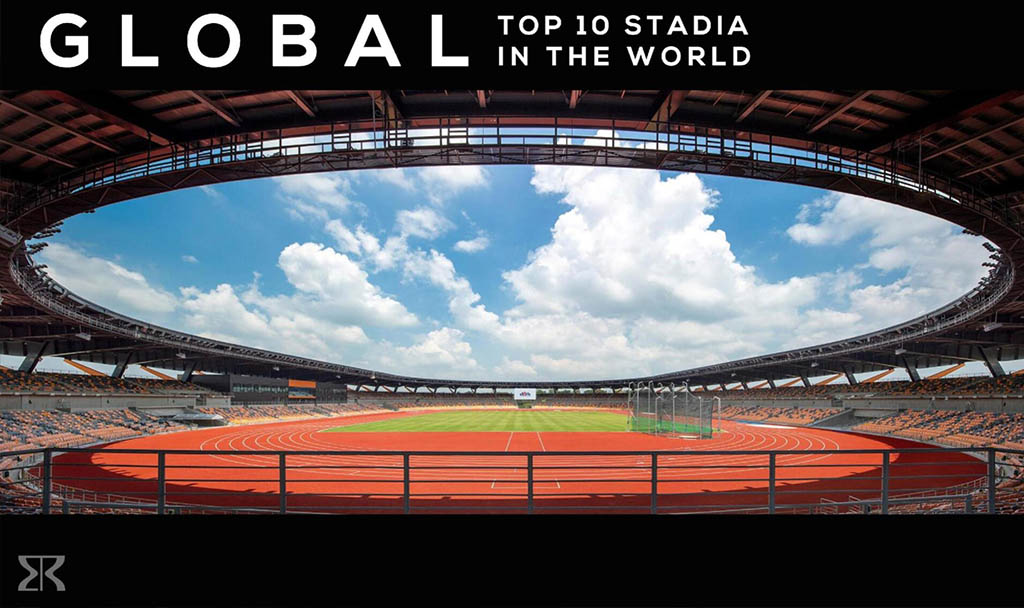
According to Pineda, authentic Filipino design is not just about building better standards and wanting to be ‘out there.’ Design should always make lives better. “It doesn’t have to be a copy of the best in the world, but it can be the best in the world because it’s Filipino.” The architect underscored that the world’s best does not have to be expensive and that Filipinos can enjoy “practical luxury,” a term that the firm coined to describe comfortable living through design. He defined authentic Filipino design as something that needs to be actual, something real. “Especially for the government, it needs to be true. For people to understand, it needs to be realistic.”
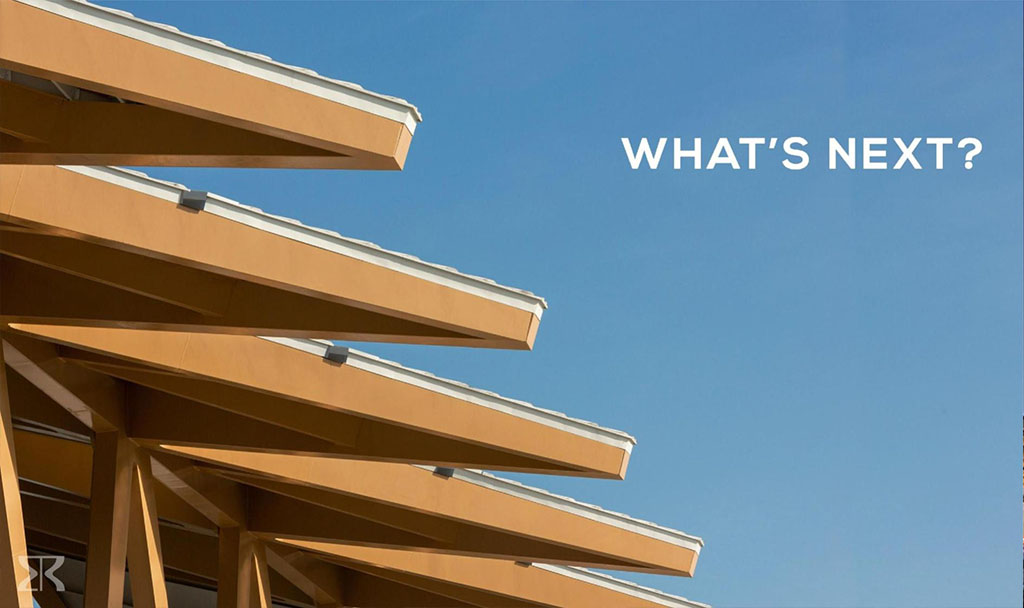
The creative framework that Pineda presented led to a collaborative process that he summarized in three words: dream, discover, evolve. The dream of building the modern Filipino design identity was shared by many, with others discovering more because of this dream and the entire nation evolving through design. This framework proves that through the constant pursuit of authenticity, a nation can develop.
YOU MIGHT LIKE: Making a Splash: Aquatic Center is competition-ready for the upcoming SEA Games
Watch the full second episode of ‘Build a Better Normal’ live sessions:
‘Co-Creating with Government: Opportunities for Positive Change’ streamed on Zoom and GROHE Facebook page on 5 August 2020 at 2:00 PM (UTC+8). Reactors Leandro Poco of L.A. Poco Architects, Atty. Marco Sardillo, and Benjamin Mendoza of BAAD Studio Co kick-started the Q&A after the speakers’ presentations. BluPrint former editor-in-chief Judith Torres moderated the live session.
The LIXIL Design DeepDive™ Live Sessions – Philippines is themed, ‘Build a Better Normal,’ a call to action for architects, designers, planners, and policymakers to create a safer, pandemic-ready world. The three-part live session is presented by American Standard, GROHE, and INAX.
Design DeepDive™ Live Sessions is a LIXIL Asia Pacific regional activity, with the first webinar series hosted by India and Build a Better Normal hosted by the Philippines.


